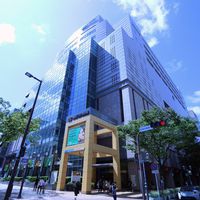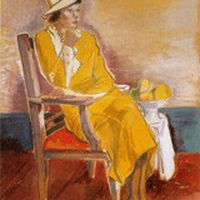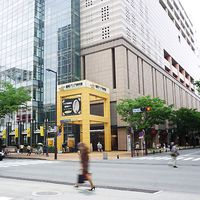Fukuoka | exhibition - Woodcut Movements in Asia 1930s - 2010s

Fukuoka Asian Art Museum (FAAM) presents 'Woodcut Movements in Asia 1930s - 2010s', the first large-scale exhibition on Asia’s woodcut movements in the world, presenting around 400 works. The exhibition seeks to articulate how woodcut was developed in Asia and how this small yet important media played a role in the social and historical context of the region.
The exhibition runs at FAAM in Fukuoka, Japan from November 23 - January 20, 2019.
Woodcut as a ‘democratic’ media was often created and disseminated in political and social movements in Asian cities, such as those for independence from colonial rule, democratization against the dictatorship, reformation of labor situation, and the protest against environmental pollution. The woodcut has contributed in such activisms by conveying the hardship of people, disclosing problems of societies, seeking the solidarity with other communities, and mobilizing actions for better societies.
Carving on wooden board produces white light on black background in printing. The woodcut as such has been an appropriate media for people who seek freedom and independence from the sheer darkness of societies. The history of woodcut in Asian cities does not only represent agony, struggle, or propaganda—it is a history of liberation in the subjective expression of oppressed people.
The exhibition structure follows the timeline narrative:
- 1930s- Shanghai: China’s encountering with European woodcuts
- 1930s China and Japan: Growth of woodcut movements seeking popularization of art
- 1940s–50s Japan: Exploration of democratic art and a boom of Chinese woodcuts
- 1940s–50s Bengal: Return our land
- 1950s–60s Indonesia: International exchange of woodcuts in newspaper
- Singapore in the 1950s–60s: Shifting identity to the local, and woodcut as cartoon
- 1960s–70s Era of Vietnam War: Joint-struggle beyond national borders
- 1970s–80s The Philippines: Art of protest against the dictatorship
- 1980s–2000s Korea: Woodcuts as icons of the democratization movement
- 2000s– Indonesia and Malaysia: DIY spirit for freedom
Solidarity beyond Exchange: Inter-Asian Network
The cultural and ethnic diversities in Asian traditional societies, as well as ideological gaps after the 20th Century, caused uncountable divisions and confrontations both domestically and internationally, which led to omnipresent tragedies. The woodcut has contributed in connecting people who lived in different communities but shared the problems far earlier than the globalization, not merely as cultural exchanges but also as a network of sympathy.
Similar content
deadline
20 Jan 2023
from - to
17 Dec 2015 - 02 Feb 2016
deadline
15 Dec 2016
deadline
15 Apr 2017
deadline
29 Feb 2016
posted on
04 Jul 2011






